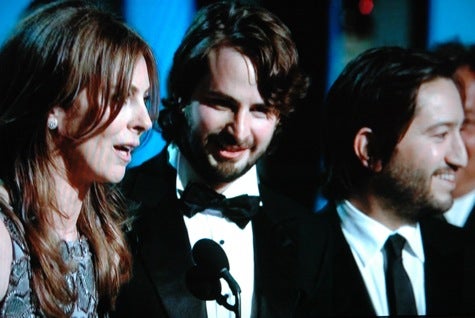It wasn’t an Oscars for the unexpected. It was an Oscars for the unprecedented.
In the end, “The Hurt Locker” shrugged off the barrage of last-minute criticism and came out of awards season in exactly the same way it went through most of it: as the consensus pick as the best film of 2009.
 And at an Oscar show that tried to do lots of things in new ways, the freshest and newest came not from the producers of the show.
And at an Oscar show that tried to do lots of things in new ways, the freshest and newest came not from the producers of the show.
It came from the voters in the Academy, who named Kathryn Bigelow Best Director, the first woman ever to be so honored and only the fourth to be nominated in the 82-year history of the Oscars.
It was a night in which almost every pre-show favorite emerged as winner, a night in which nobody could upset Jeff Bridges or Sandra Bullock or Christoph Waltz or Mo’Nique in the acting categories, or “Up” or “The Cove” in the Animated and Documentary races.
The only significant surprise was “Precious” writer Geoffrey Fletcher’s win for Adapted Screenplay over Jason Reitman’s and Sheldon Turner’s “Up in the Air,” which had won the Writers Guild award and most critics awards.
And although “Avatar” won awards for Visual Effects, Art Direction and Cinematography, “Locker” was clearly the film of the night. It seemed clear that the Academy liked the little movie better than the big one.
How did the $21 million (and that’s worldwide) "Hurt Locker" do it?
A few keys:

